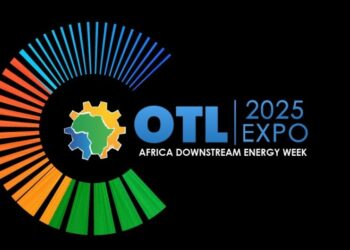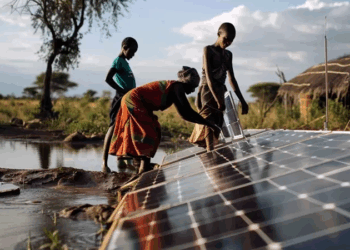Despite the recent tariff increase by the Nigerian Electricity Regulatory Commission (NERC), the nation’s power generation witnessed a significant decline, plummeting to 3,383 Mega Watts as of 3 pm yesterday.
This downturn is underscored by challenges such as insufficient gas supply to thermal generating companies and disparities in electricity distribution.
An analysis of National Grid data from the System Operator’s Grid Data Portal revealed that, at the specified time, only 19 power generation plants were active on the grid. Notably, Azura Power, which began the day at 434MW, was off-grid. Additionally, Egbin Power, the largest power plant in the country, operated at 325MW, well below its daily average supply of approximately 600MW.
The NERC, in the new Multi-Year Tariff Order (MYTO) 2024 effective from January 1, announced a tariff hike. However, consumers were assured they would continue paying the old rate, with the government subsidizing the gap, amounting to N1.6 trillion in 2024.
Despite improved revenue expectations, NERC instructed electricity distribution companies (DisCos) to off-take 3,963MW as part of their obligations under the new tariff regime. DisCos were also mandated to secure adequate bilateral contracts and mitigate exposures to volumetric energy risk.
Contrary to this directive, a check on DisCos’ grid energy off-take indicated a shortfall, with the eleven DisCos collectively allocated 3,134MW compared to the 3,963MW ordered by NERC.
Notable discrepancies include Abuja Electricity Distribution Company receiving 501MW instead of the specified 611MW, Ikeja Electric allocated 533MW instead of 603MW, and Port Harcourt DisCo on 219MW compared to 287MW in the new tariff regime.
The Transmission Company of Nigeria (TCN) attributed the drop in power generation to a gradual decrease in available generation due to gas constraints faced by thermal generating companies. TCN emphasized its commitment to gradually increasing electricity supply as gas availability improves for thermal plants.





